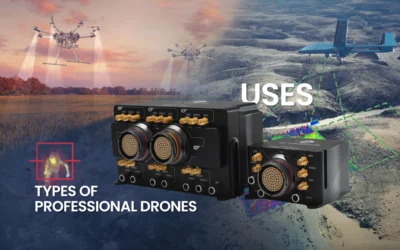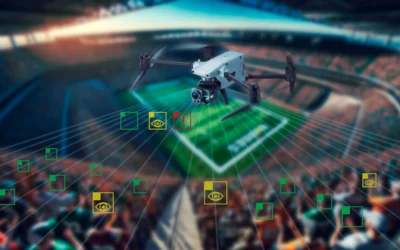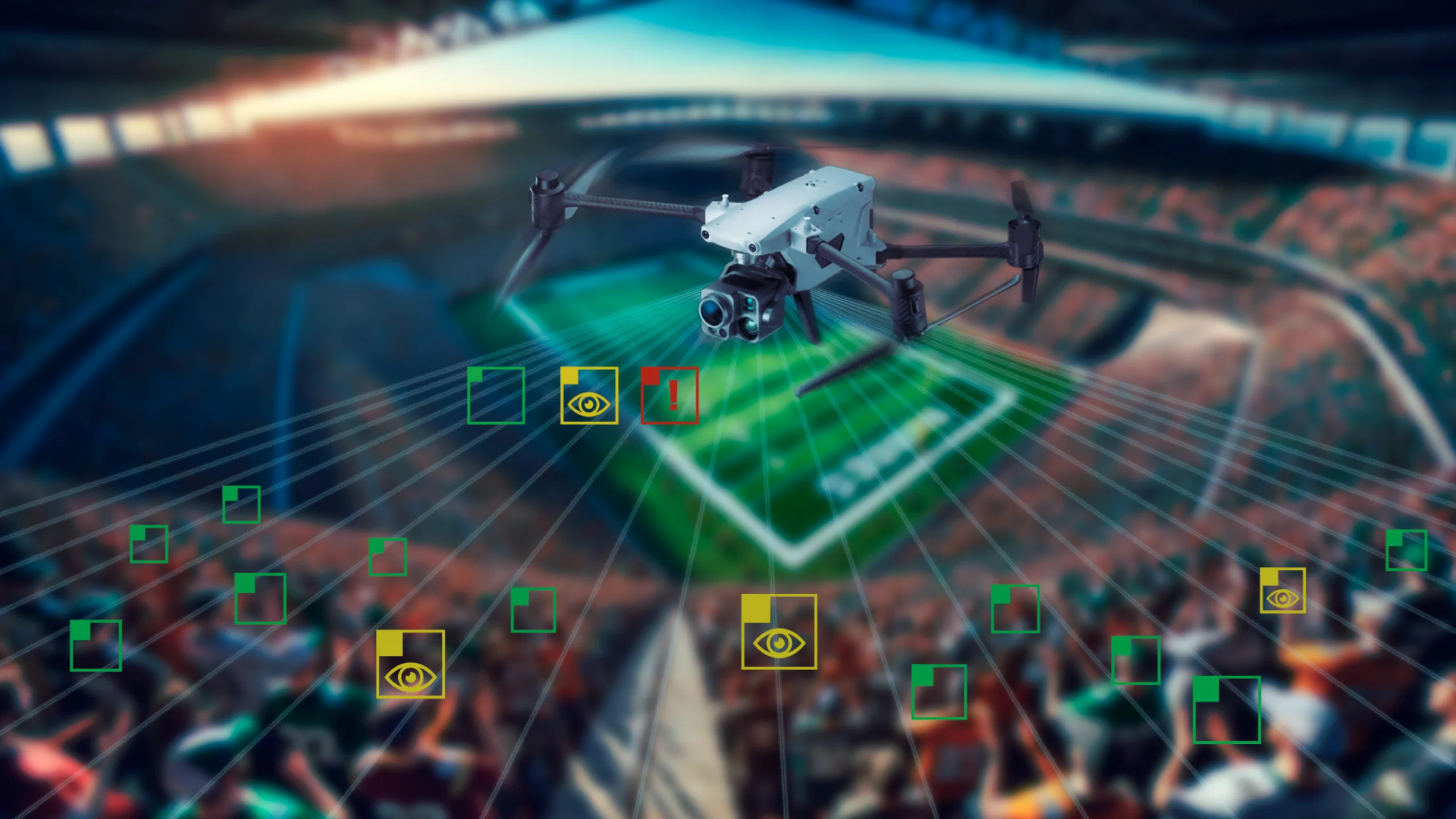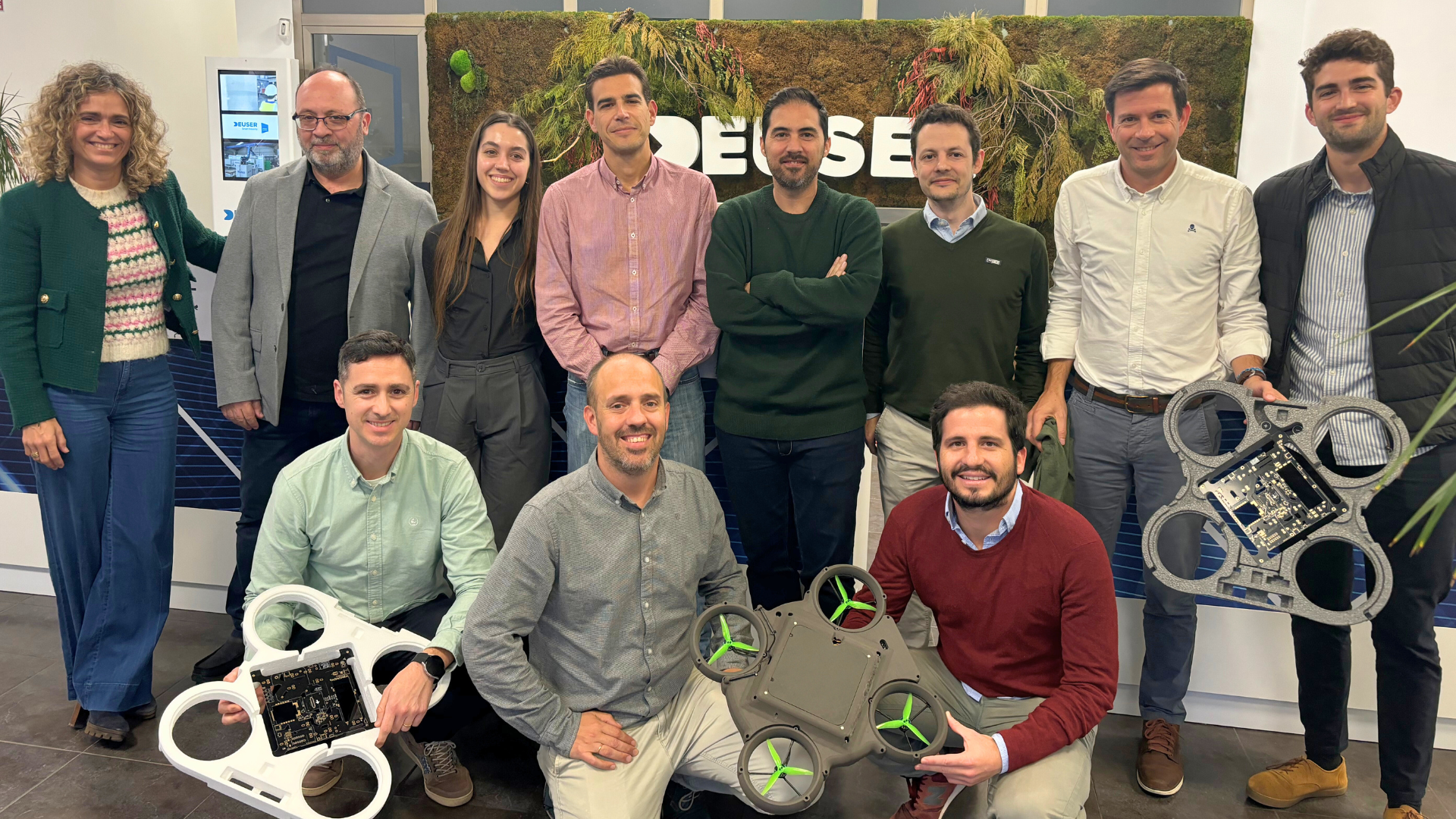This year has been the chosen one to make the second stage of one of our main projects; an important part of this second stage was training in Zimbabwe. “Drones Against Tsetse” was born in 2016 as an ambitious project between the International Atomic Energy Agency (IAEA) and the United Nations (UN). This project is in charge of eradicating African trypanosomiasis, also known as sleeping sickness. This program would be divided into different levels in which Embention will develop an unmanned aerial vehicle (UAV), which will set free hundreds of sterile TseTse flies who will work to progressively reduce the population of this insect, which causes the death of millions of humans and animals every day in Africa.
After our first steps in Ethiopia, Embention was there again, but this time in Zimbabwe, one of the most affected zones. In this phase, we get there with a different platform in order to fly a long time in zones limited by the vegetation and the environment.
Training and Qualification to Fly Against Tsetse
One of the highlights of this project was the training of the personnel who will be in charge of flying the UAV. Like many other projects in Embention, our team makes sure that the drone is ready and makes an integration of Veronte Autopilot 1x to make any platform adapted to the zone. Subsequently, they are followed by our training service, whose job it is to provide the necessary knowledge to those responsible for piloting so that they have all the tools and techniques to fly the drone.
Training Stages in Zimbabwe
The trip was divided into two parts, the first and most important of which is training at the operational level; in this instance, the members and employees of the Tsetse Fly Control Institute will be in charge of controlling the platform. The formation, of 2 days of duration, covered the elaboration of an operation to be followed by the UAV in which the user designs a supposed route taking into consideration the delimitations of the territory in which the UAV operates. During this path, the drone is distributing sterile flies over the area delimited by the operator and thus being able to monitor them later.
On the third day, a small lesson was held to operate the UAV manually since the area where you land and take off in Zimbabwe is not controlled, and there may be some unforeseen event at the time of landing as if it were the case in which a wild animal enters the delimited area.
At the end of the training, an activity was proposed in which one had to carry out a mission and define the zones and the path to follow. This mission is made out to show how Veronte Autopilot 1x permits the UAV to perform fully- autonomously.
Platform’s Reliability depending on the Environment
At the very first phase of “Drones Against Tsetse,” which took place in Ethiopia, we carried out the mission with Embention’s fixed-wing NM& F300 because the drone had to fly over huge extensions of arid terrain. At this formation service, we choose an Embention’s multirotor platform NM& M600 in order to take off and land vertically in the more difficult access point of terrain. Thanks to the reliability of Veronte Autopilot 1x, Embention has developed a highly qualified line of professional drones named NM& that adapts to the terrain’s characteristics.
Definitely, the training service in Zimbabwe was a new chance to show and join a project of huge humanitarian relevance and show our training and integration service skills, a value that makes us better as human teams and professionals.















